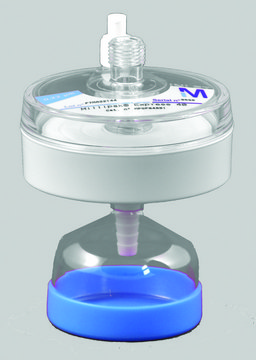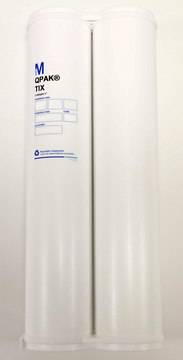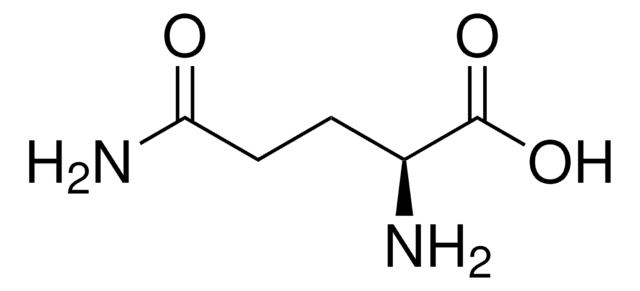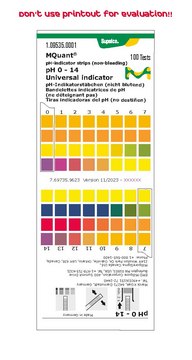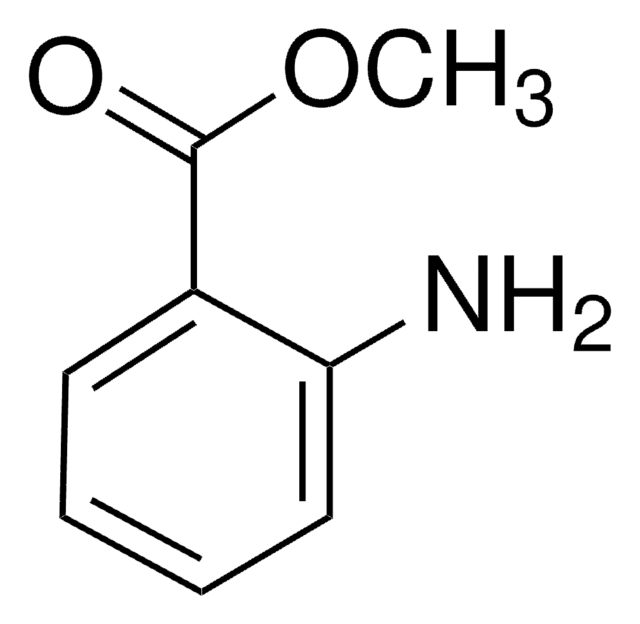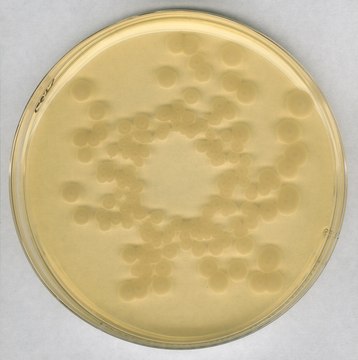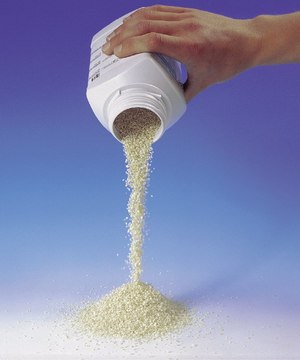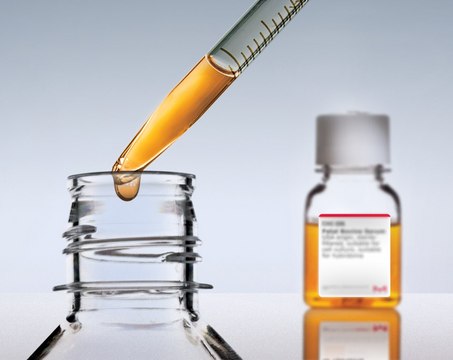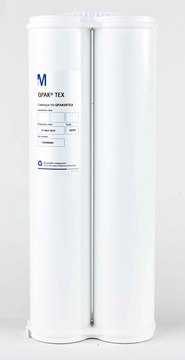W269905
6-Methylcoumarin
≥99%, FCC, FG
Synonym(s):
6-methylchromen-2-one, Cocodescol, Pralina, Toncair, Toncarine
About This Item
Halal
Kosher
Recommended Products
biological source
synthetic
Quality Level
grade
FG
Halal
Kosher
Agency
meets purity specifications of JECFA
reg. compliance
EU Regulation 1334/2008 & 178/2002
FCC
Assay
≥99%
bp
303 °C/725 mmHg (lit.)
mp
73-76 °C (lit.)
application(s)
flavors and fragrances
Documentation
see Safety & Documentation for available documents
food allergen
no known allergens
Organoleptic
coconut; creamy; sage; vanilla
SMILES string
Cc1ccc2OC(=O)C=Cc2c1
InChI
1S/C10H8O2/c1-7-2-4-9-8(6-7)3-5-10(11)12-9/h2-6H,1H3
InChI key
FXFYOPQLGGEACP-UHFFFAOYSA-N
Looking for similar products? Visit Product Comparison Guide
Application
- Development of Sustainable Insecticide Candidates for Protecting Pollinators: Insight into the Bioactivities, Selective Mechanism of Action and QSAR of Natural Coumarin Derivatives against Aphids.: This study explores the potential of 6-Methylcoumarin and other natural coumarin derivatives as sustainable insecticides, highlighting their bioactivities and selective mechanism of action. The research aims to protect pollinators while targeting aphids, providing a promising alternative to conventional pesticides (Zhou et al., 2023).
- Conductive Vial Electromembrane Extraction of Opioids from Oral Fluid.: This research presents a novel method using conductive vial electromembrane extraction for isolating opioids from oral fluid. While the primary focus is on opioids, the study utilizes 6-Methylcoumarin as a key component in the extraction process, showcasing its versatility in analytical chemistry applications (Skaalvik et al., 2023).
- 6-Methylcoumarin Promotes Melanogenesis through the PKA/CREB, MAPK, AKT/PI3K, and GSK3β/β-Catenin Signaling Pathways.: This article investigates the role of 6-Methylcoumarin in promoting melanogenesis, detailing the molecular pathways involved. The findings suggest potential applications in dermatology and cosmetic science, particularly in skin pigmentation treatments (Kim et al., 2023).
- Recursively Positive and Negative Chemotaxis Coupling with Reaction Kinetics in Self-Organized Inanimate Motion.: This research delves into the chemotactic behavior of inanimate particles, using 6-Methylcoumarin in the reaction kinetics studies. The study contributes to the understanding of self-organizing systems, with implications for material science and biophysics (Matsuo et al., 2023).
Biochem/physiol Actions
Signal Word
Danger
Hazard Statements
Precautionary Statements
Hazard Classifications
Acute Tox. 4 Oral - Resp. Sens. 1 - Skin Sens. 1
Storage Class Code
11 - Combustible Solids
WGK
WGK 3
Flash Point(F)
Not applicable
Flash Point(C)
Not applicable
Personal Protective Equipment
Choose from one of the most recent versions:
Already Own This Product?
Find documentation for the products that you have recently purchased in the Document Library.
Articles
Vanilla Regulations – The Law and the Labeling of the World’s Most Popular Flavor
Our team of scientists has experience in all areas of research including Life Science, Material Science, Chemical Synthesis, Chromatography, Analytical and many others.
Contact Technical Service